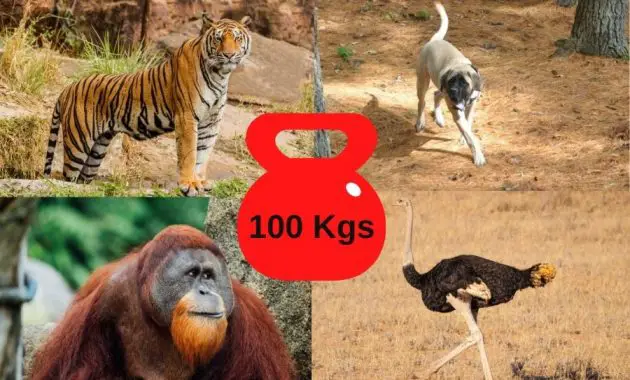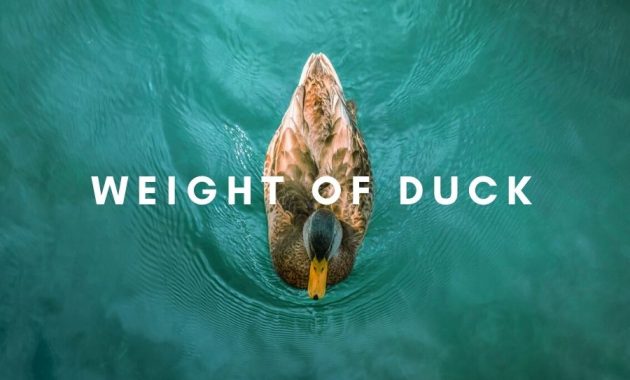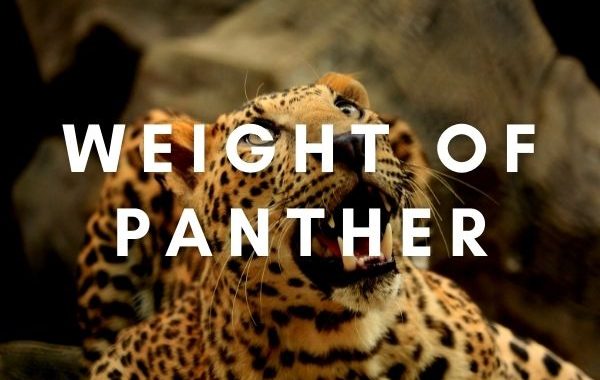Animals vary in size and weight, ranging from just a few milligrams to thousands of pounds. In this article, I will list some of the animals weighing around 1000 lbs
What does a list of animals who weigh around 1000 lbs look like? Here are examples:
- Ocean Sunfish (550 to 1000 lbs)
- Shark ( 100 – 5000 lbs)
- Saltwater Crocodile ( Up to 2,200 lbs )
- Leatherback Sea Turtle ( 550 – 1,500 lbs )
- Giraffe ( 1,500 lbs – 1,800 lbs )
- Cow ( 1,000 – 2,000 lbs )
- Bear ( up to 1,500 )
Animals weighing around 1000 lbs tend to warm themselves since they have larger muscle and fat stores. On the other hand, those animals can require more maintenance, especially on their diets and nutrition, compared to lighter ones.
While the amounts can make some of those animals seem heavy to carry or handle, such amounts are inconsiderable, given that there are quite many animals whose weights are around 1000 pounds.
Shark
Sharks are, no doubt, some of the heaviest animals. The heaviest sharks weigh 47000 pounds. Some of the most common sharks, like Tiger Sharks, can grow up to 1000 lbs.
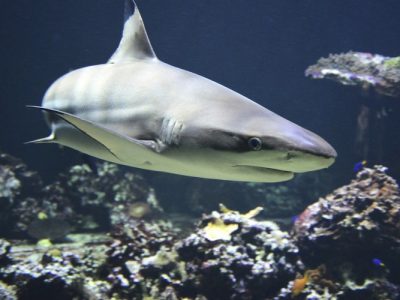
There are lighter sharks, such as the bull sharks, with a minimum weight of 200 pounds for the male species and 290 pounds for the female ones.
As for the diets, all sharks are carnivores and don’t tend to be picky eaters. They can eat as long as there are flashes of other living beings, including but not limited to other sharks.
Leatherback Sea Turtle
The weights of the leatherback sea turtles depend on the regions they live in. For example, those living in the Caribbean areas have an average weight of 847 pounds.
However, those are considered lightweight for those living in Sandspit beach in Pakistan, where the average weight is around 1000-1500 pounds.
Due to their nature of consuming jellyfish, these one-of-a-kind sea turtles are excellent ways to control jellyfish populations. Like the ocean sunfishes, they’re also subject to the ingestion of plastic bags that can resemble jellyfish in shapes.
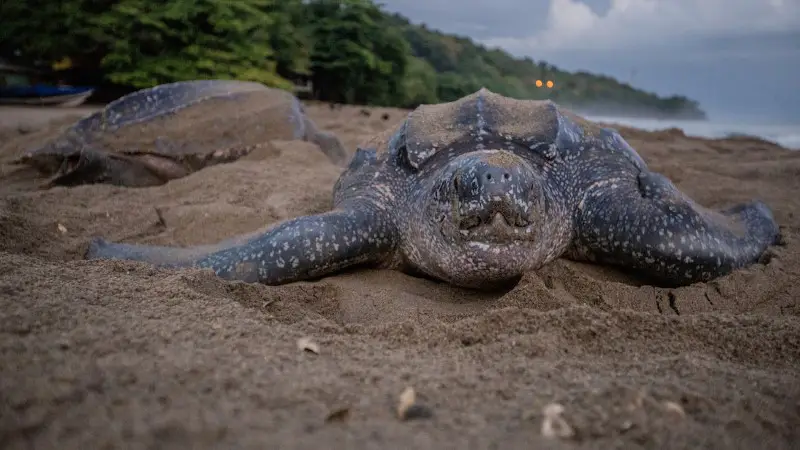
Other than jellyfish, they can also eat other soft-bodied organisms, such as tunicates and cephalopods.
Finally, we can say that habitats, regions, subtypes, diets, and more determine the animals’ weights.
Cow
The cows are the first animal categories that belong to the animals with around 1000 pounds. The cows’ weights are strongly connected to their main ability to generate money.
That being said, the heavier the cows are, the more money the owners can get. Generally, cows weigh around 1000-2000 pounds. To serve their main purpose of generating wealth, cows should be fed with proper diets that contain either grasses or grains.
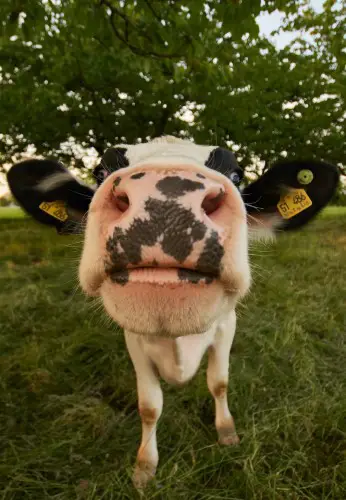
Some organic communities think grass-fed cows will gain more weight in healthy ways than those that are grain-fed. Some believe feeding cows with grains is more economical while resulting in healthy weight gain. Either way, we should feed them with a mixture of foods so the fats will build up in healthy ways.
Bear
Although they are known to be heavy animals, bears’ weight ranges are among the most varying ones in their classes. These furry creatures can weigh around 200-1500 pounds depending on their habitats.
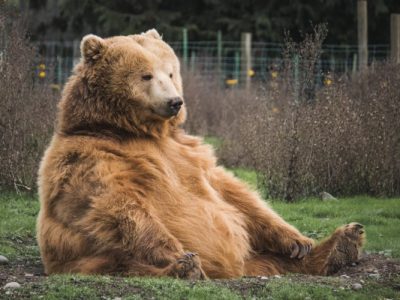
American Black Bears living all around the United States tend to weigh only 660 pounds, almost equal to the lightest Grizzly Bear subtypes that weigh 700 pounds. Grizzly Bears, in general, weigh around 700-1700 pounds.
Polar Bears generally weigh around 990-1000 pounds to adjust to the arctic climates in their habitats. Unlike the rest of the bears whose diets consist of plants, nuts, berries, and insects, polar bears eat meats from other animals to keep them warm while living in their habitats.
Saltwater Crocodile
Adult male saltwater crocodiles have overall bigger sizes than their female counterparts. The adult males’ average lengths are around 12-19 feet, and the weights are around 440-2200 pounds. The lengths and weights can increase as the adult male saltwater crocodiles age.
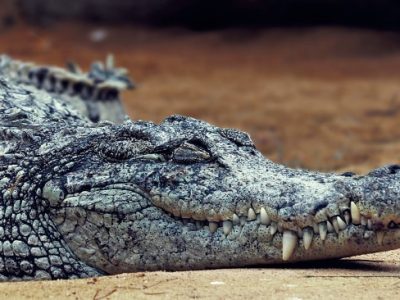
On the other hand, the adult females’ average lengths are around 8-10 feet, and the weights are around 168-227 pounds. Their lengths can go up to 11 feet when they age, and their weights can go up to around 260-440 pounds.
All crocodiles are carnivores, and saltwater crocodiles are no exception. They usually feed on fish and mammals. Sometimes, they even prey on humans.
Horse
Apart from the habitats, the horses’ weights depend on whether they are wild or domesticated. If domesticated, they can weigh around 1000-1700 pounds. Else, if they are wild or have to sustain their survival methods like finding food and shelter, they can weigh around 700-1000 pounds.
Just as much as they require adequate amounts of water, they also need plenty of hay and grains to sustain their diets.
Some heavy horses, such as Clydesdales Horse Breed, which can weigh up to 1700 pounds, can subject to diabetes if their diets are not controlled well.
Their diets should also be balanced with exercise. Else, they may suffer from damaged tissues in their hooves or any other form of sickness.
Ocean Sunfish
Adult ocean sunfishes typically weigh between 500 and 1000 lbs as the heaviest of all bony fishes. These fishes, known as Mola mola in their Latin names, tend to have consistent weight ranges and known preferences for their diets.
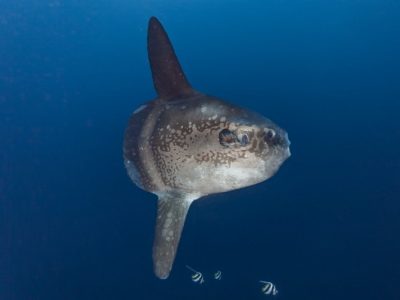
Jellyfishes are among their #1 lists of eating preferences. Even so, they are also able to consume smaller fishes, zooplankton, and algae. Yet, plastic bags that are very similar to jellyfish can bait them to lose significant oxygen portions in their bodies.
Giraffe
Ranging from 14-19 feet tall, giraffes are considered the tallest animal in the world. They even give births in standing-up postures. As for their weights, those are around 1800 pounds.
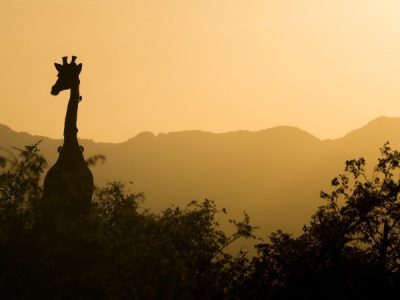
Most of their time is spent eating leaves and buds from trees’ branches. After all, they are herbivores. These near-to-extinction animals drink water only once every few days, which means they don’t need too much water in their diets.
Final Word
The animals should weigh around 1000 pounds to sustain consistent body temperatures and carry out their daily activities to hunt for their prey and survive the predators that can endanger their populations.

